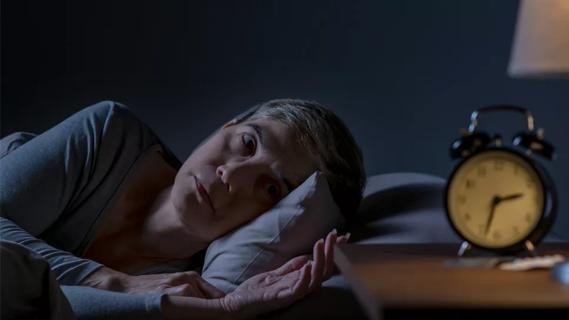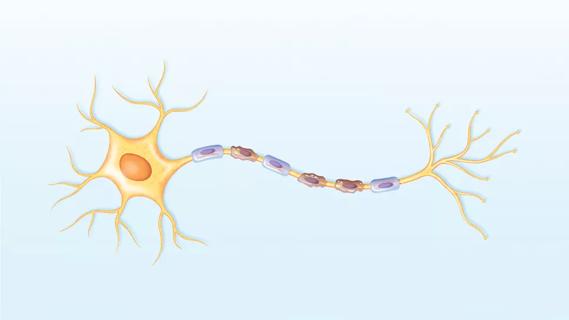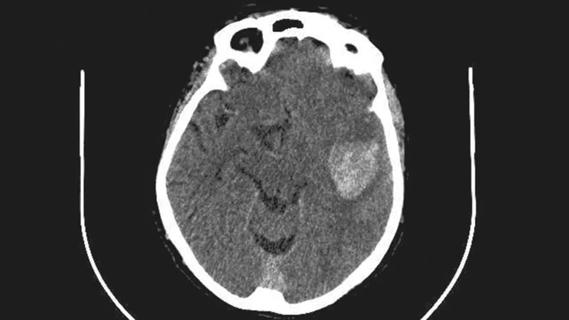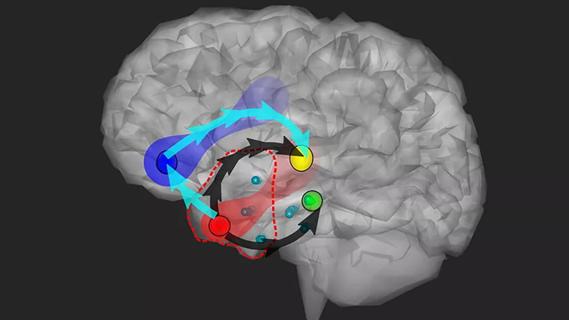Cloud computing extends the reach of expert opinion informed by high-level data processing

Teleneurological care is ready to advance from its version 1.0 to its version 2.0.
Cleveland Clinic is a non-profit academic medical center. Advertising on our site helps support our mission. We do not endorse non-Cleveland Clinic products or services. Policy
That’s the conviction of clinicians in Cleveland Clinic’s Neurological Institute, and they are on the cusp of rolling out a scalable cloud-based computing system to support clinical care within and between hospitals.
“We think of teleneurology 1.0 as fundamentally being about obtaining and communicating information in the moment,” says Imad Najm, MD, Vice Chair of Cleveland Clinic’s Neurological Institute and Director of its Epilepsy Center. That’s the case, he explains, in all the initial forms of telemedicine in neurological care, whether it’s communication between physician and patient in a virtual visit or the type of institution-to-institution communication that takes place, for example, in centralized monitoring units for epilepsy, which Cleveland Clinic has been offering for nearly a decade.
As helpful as these and other early forms of teleneurological care have been, they are limited in that they do not accommodate any advanced processing of information. That’s where teleneurology 2.0 comes in.
“Teleneurology 2.0 advances the model a step further by taking advantage of the full richness of information that’s usually available from the assessment and monitoring of patients,” says Dr. Najm. It does so through the use of large-scale cloud computing that can be accessed both within a health system and between that health system and other hospitals and practice groups. The result is a framework in which information and data are not just transferred but also processed and enhanced by bringing advanced signal- and image-processing and computing technologies (including artificial intelligence algorithms) to bear to inform expert subspecialty consultation on cases within and between institutions.
Dr. Najm identifies a number of defining characteristics and benefits of cloud computing-enabled teleneurology 2.0:
“The cloud-based model really opens up the possibilities for collaboration between institutions — even across national borders — on complex cases,” observes Dr. Najm. He shares the example of consulting on the case of a patient managed at another hospital who is seeking additional subspecialty input.
Under the traditional model, the patient’s brain MRI would be sent to Cleveland Clinic via disk and then need to be uploaded to the Cleveland Clinic data system. If post-processing of the image were desired — which is often the case when a consult like this is sought — the image and related data would be migrated to a workstation with post-processing abilities and the analysis would be sent to the managing physician via a secure file transfer platform or whatever the transfer arrangement was. Then there is the question of where that physician will store it; wherever it’s stored, it will not be easily accessible by clinicians at both the patient’s local hospital and Cleveland Clinic, and it’s not easily shared with the patient.
In the teleneurology 2.0 model, the patient or his/her local hospital can immediately upload the brain MRI to the cloud-based system simply by entering a code online. Since the software used for post-processing is part of the cloud-based system, high-level processing and analysis of the MRI can be done directly, seamlessly and at high speed in the cloud system, without need for transfer or migration. Annotations can be made by one or more expert subspecialists who could, theoretically, be reviewing and commenting on the findings — for example, a 3D reconstruction — from halfway around the world. The fully annotated image reconstruction is immediately available, via login, to the managing physician for use in the next round of clinical decision-making.
As an epileptologist, Dr. Najm notes that these capabilities are particularly well suited to the management of complex epilepsy cases, for which Cleveland Clinic often harnesses computing-intensive technologies such as EEG and MRI post-processing informed by machine learning algorithms. But he adds that while epilepsy care was the focus of a successful initial proof-of-concept test of this cloud-based consultation model with an outside institution, the model can and will be applied across the spectrum of neurological care.
He cites patient management conferences and, in the case of brain tumor care, tumor board meetings as natural early applications. Another obvious application is in subspecialty areas where analysis of pathological findings is key, such as neuromuscular disease and neuro-oncology. “Virtually any subspecialty can benefit from this if detailed patient review is needed and there is an opportunity to do high-level data analyses and data visualization to inform care,” Dr. Najm says.
Cleveland Clinic anticipates expanding its cloud computing-enabled teleneurology 2.0 services in the next few months, initially for epilepsy but soon for other subspecialty care as well. It welcomes inquiries from other hospitals or provider groups who may be seeking external consultation on challenging cases that require complex intervention, an additional subspecialist opinion informed by specialized data analyses, or more comprehensive service line collaborations.
“An arrangement to consult with Cleveland Clinic in this way makes a lot of sense for small or medium-sized hospitals or provider groups who may not have the budget, subspecialized staff or case volumes to justify the building of a multidisciplinary specialty group or the purchase of signal or image post-processing software they may need only once a year,” says Dr. Najm. “By working with us over the cloud, such facilities can have the potential to offer their most complex patients access to highly advanced technology and subspecialty opinion without necessarily having to transfer those patients to another institution. We are happy to collaborate on the care of these patients virtually, and the cloud enables us to do so regardless of what data platforms the other facility owns. We are looking to provide high-level opinions on neurological care to practices anywhere in the country who may need this service.”
The nature of cloud computing makes the scalability of this teleneurology 2.0 model nearly limitless. In contrast, the prevalence of the highly specialized technology and expertise that justify offering teleneurology 2.0 services beyond one’s own institutional walls is definitely finite.
“To make the most of the enhanced analysis promised by cloud computing,” Dr. Najm observes, “you need to be able to harness distinctive technological capabilities. In the subspecialty I know best — epilepsy — we do that through technologies such as computer-assisted MRI post-processing to improve noninvasive epilepsy localization, deep learning models for automatic seizure detection in EEG recordings, high-level processing of EEG and magnetoencephalography data, and sophisticated analyses of ictal SPECT imaging. And we pair these technologies with the collective experience and expertise of one of the largest epilepsy programs in the world to generate nuanced opinions about management of a case. So the cloud capabilities are important, but they always need to be enlisted in support of superior clinical technologies and expertise. Otherwise, the value proposition isn’t there.”
Contact Dr. Najm at najmi@ccf.org.

From telemedicine-enabled nighttime coverage to a virtual follow-up clinic

Our Neurological Institute offers telemedicine relationships across multiple subspecialties

Awards fund research on oxidative targets, immunometabolism, spatial navigation testing and more

Large cohort study suggests need for routine sleep screening as part of neurological care

Early experience with the agents confirms findings from clinical trials

Determining the right dose and injecting in the right muscle can be challenging

ENRICH trial marks a likely new era in ICH management

Study combines intracranial electrophysiology and SPECT to elucidate the role of hypoperfusion